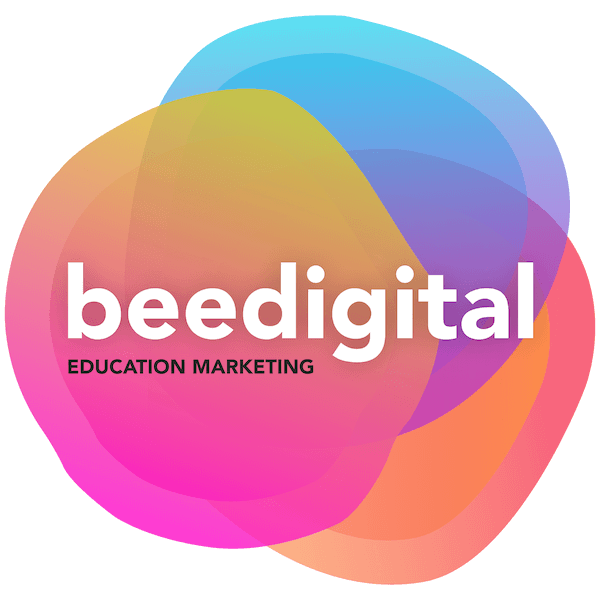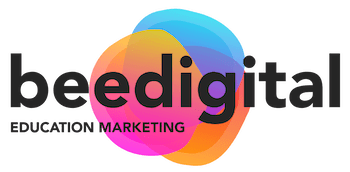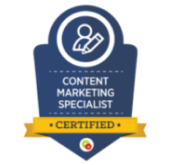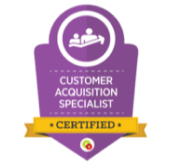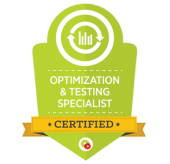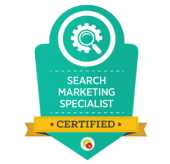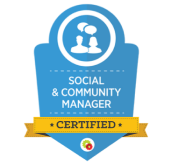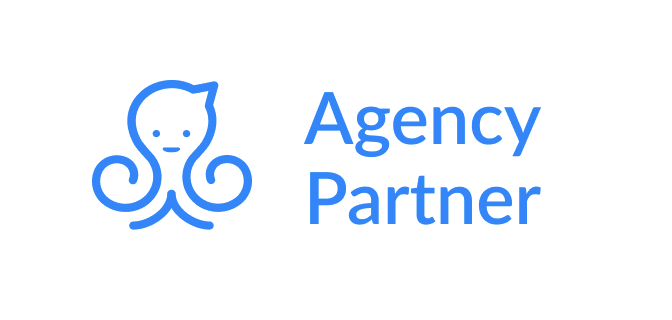If you had a plumbing problem at your home, who would you choose to fix it?
A jack-of-all-tradesman who’s pretty affordable… or a more expensive, specialised plumber?
I’d pick the plumber, wouldn’t you?
The reason why can be applied to your campaign messaging.
Safe marketing is low converting marketing
With the plumber option, you get a skilled worker who promises to deliver high-quality results, whereas the ‘jack’ could be a pro at fitting windows but only so-so at fixing PEX pipes.
That’s why if your campaign promises to “fix ALL problems for ALL schools”, it’s generic, low-converting messaging.
Trying to please everyone feels like the safest play.
But it’s a trap.
The biggest risk is NOT aiming your value proposition at a specific problem and person.
Drop the 'Whole School' messaging
You’re spreading yourself too thin by attempting to reach a broad audience when Mrs. Anderson from Thrumpton, Nottinghamshire, isn’t necessarily experiencing the same pain point as Mr. Cooper is in Nether Wallop, Hampshire.
Ultimately, if you’re a ‘jack’ you’re too generic.
We tested this in a campaign for a client with three different messages – all promoting inclusive learning, but for three different audiences: one Meta ad and landing page focused on the whole class for children of all learning abilities, the second on EAL pupils, and the third on SEND pupils.
Can you guess which ad performed worst?
It was the whole-class ad.
The ads targeted at specific audiences massively outperformed it.
Drop the 'Whole School' messaging
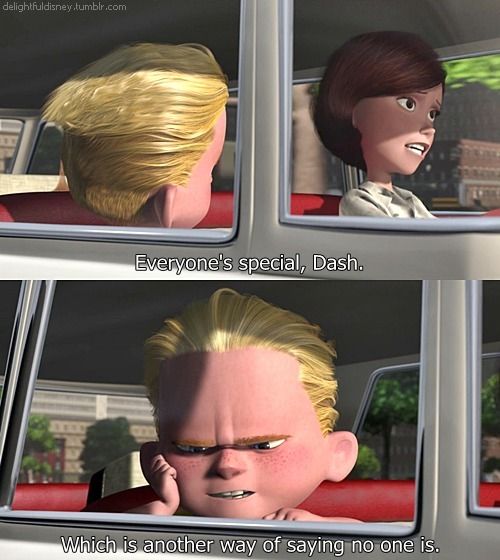
ONE is your lucky number for campaign messaging that resonates.
Teachers, when presented with a ‘whole school’ advert, don’t tend to see themselves and their own personal pain points in that message.
They’re asking how your product can solve THEIR pain points.
How can your product make their tomorrow better than today?
And that’s unlikely to be something that’s championing a whole school solution. That kind of language needs to be delivered much further down the sales funnel.
It’s tempting to try to throw a wide net. But framing your product’s benefits through the lens of different groups is more likely to capture attention.
☝️ Establish which sub groups within a school you can name directly.
☝️ Choose one shared pain point that your target customer has in common with their peers.
☝️ Design ads that focus on this single pain point and this single audience.
☝️ Create landing pages with hero headlines that identify the pain point and contextualise your product’s solution.
Stay targeted
This isn’t limited to job role or responsibility!
This strategy is about hyper targeting niches that you believe could see value in engaging with your brand or product.
Consider thinking about niche groups that fall outside the “normal” personas and stakeholders edtech companies try to appeal to, such as:
- Overworked teachers
- Nervous ECTs
- Teachers who are also parents
- Senior leaders who job share
- Educators who are very tech savvy
💡 If you have multiple products that provide different solutions, make your messaging specific so you can tackle multiple pain points with separate messages, ads, and landing pages in their own right.
💡 Test at least ONE ad with the same hero headline copy and hero image from the landing page. Visual congruence between the ad and the landing page may be key to your teachers’ decision making.
Producing variations might seem like a lot more work before launching a new campaign, but when it comes to crafting a transformational landing page to generate a direct response from your prospects, such as lead magnet downloads, product demos, or subscription signups, it’s a process that requires minimal tweaking for each pain point variation.
